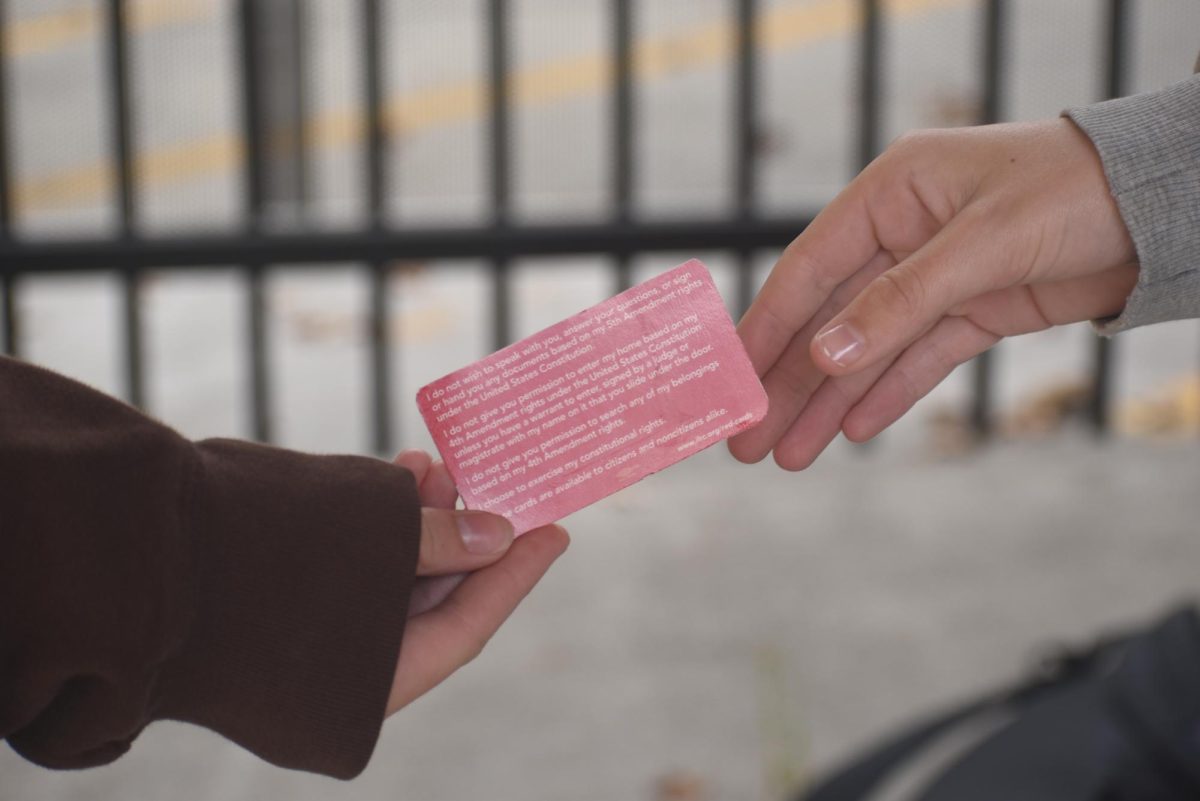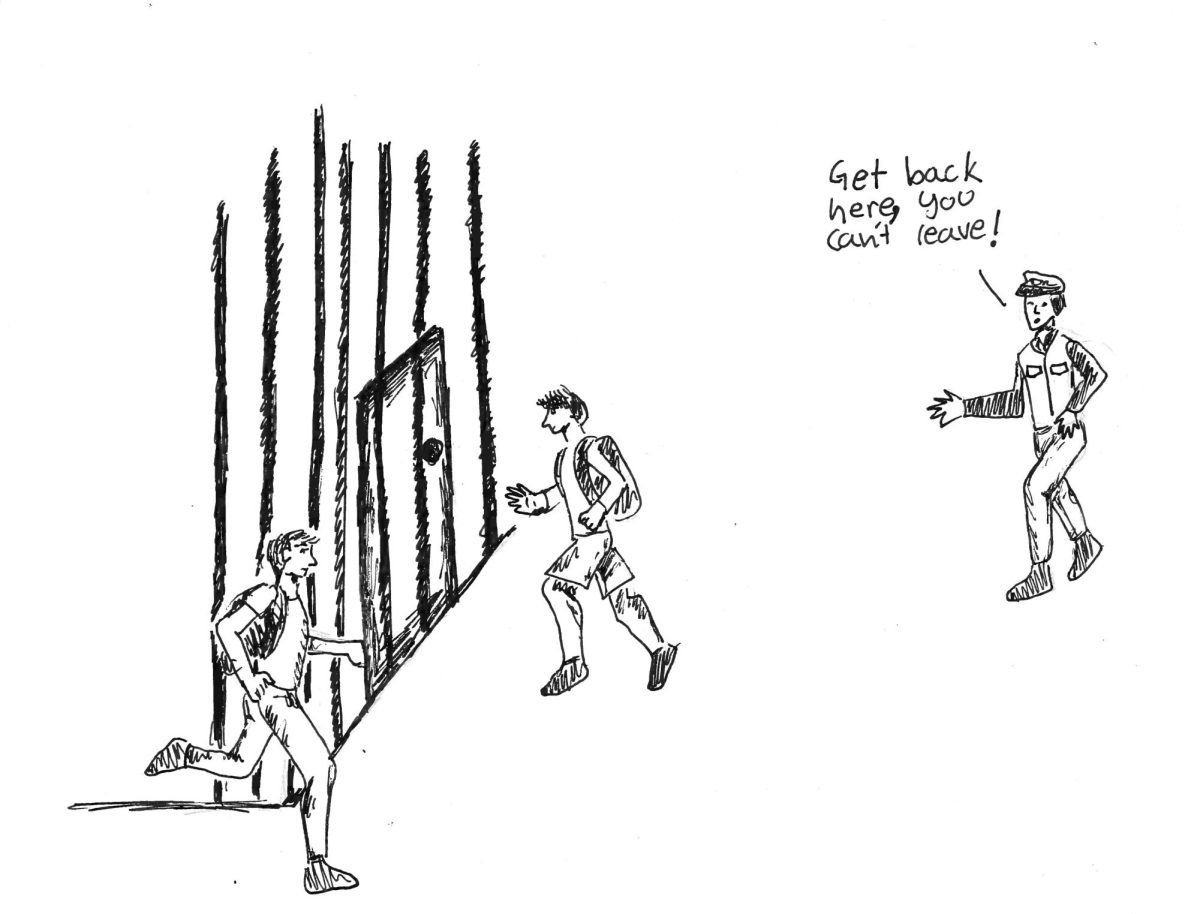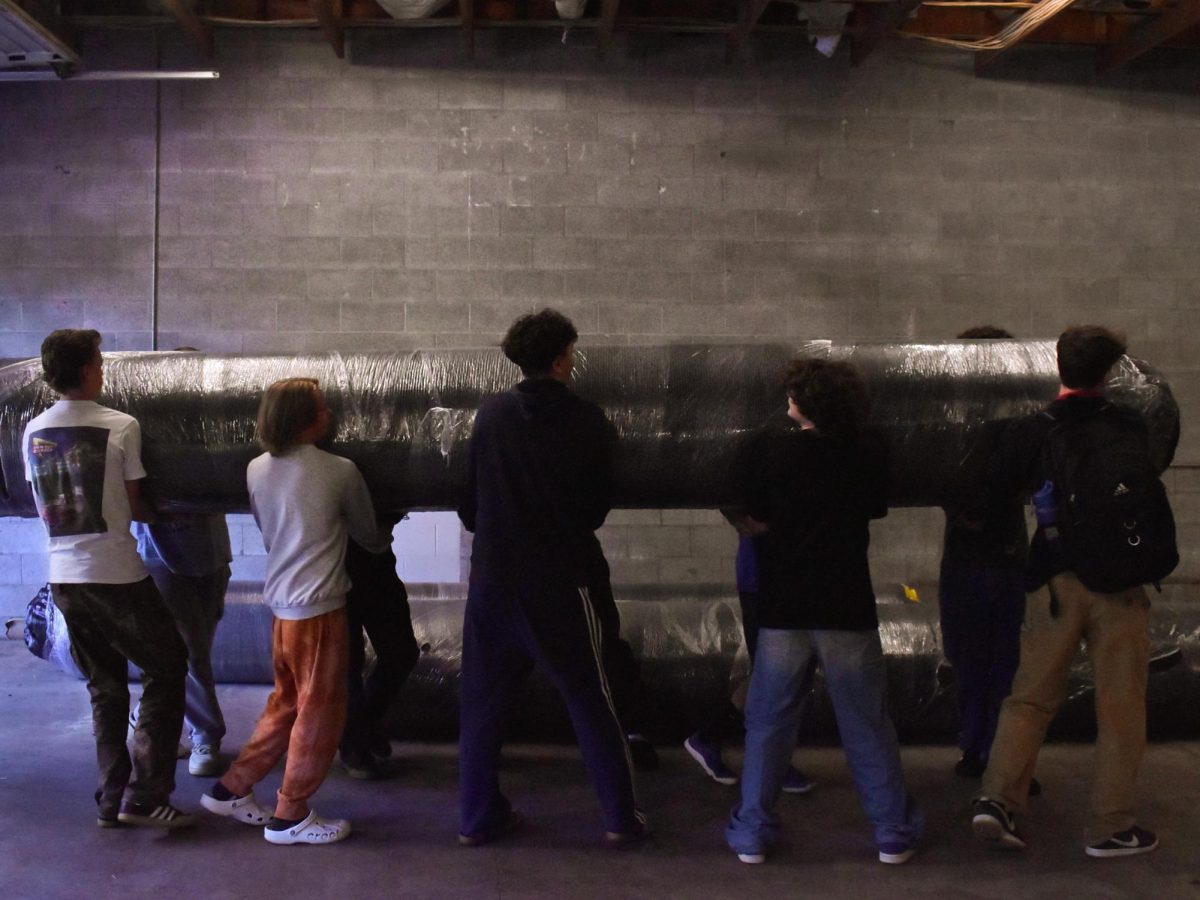Eight Ways to Save Money and Go Green
June 3, 2017
It should be no surprise that the world is in desperate need of repair, in more ways than one. The planet is no stranger to the pervasive and ruthless political battlegrounds that seem to spark up daily, nor has it forgotten about the looming nuclear disaster that is North Korea. Aside from these issues, also at the forefront of global destruction is climate change, a force that threatens to decimate the Earth as we know it (just without nuclear weapons).
Due to the level of its extremity, climate change–specifically developing tactics to fight against it–can seem impossibly intimidating. It’s true: if we fight solely on an individual basis, climate change will defeat us. Global warming cannot be solved without serious intervention. That being said, we largely underestimate the power that our actions can have, especially when our efforts are combined. Through small changes in our habits, we can make a difference, even if it’s a small one.
To make the fight against climate change more accessible, I’ve compiled a list of eight money-saving changes the average consumer can make in their daily habits to create a greener planet.
1. Plant trees.
According to the US Department of Energy, the undercover shade that trees provide can help reduce air conditioning costs by anywhere between 15 and 50 percent. Trees are also detoxifiers; they “eat” carbon dioxide (one of the greenhouse gases that causes the most damage) and replace it with oxygen.
2. Wear clothing and use towels more than once before washing them.
A washing machine can use in between 30 and 45 gallons of water per load, so it is advantageous to your budget (and to the planet) to wash things in a full load and only when necessary. This tip also saves water, which benefits wildlife in rivers and wetlands and cuts down on the amount of energy needed to treat dirty water, according to Waterwise.org. (We should also be grateful for our access to clean water; let’s not take it for granted!)
3. Eat less meat.
According to “Cowspiracy,” a film directed by Kip Andersen, animal agriculture is the leading cause for climate change. Methane gas, produced as part of cows’ digestive process, is 25-100 times more destructive than carbon dioxide. Eating less meat is not only cheaper (steak is twice as costly per pound than chicken, and chicken is five times more expensive than beans according to the US Bureau of Labor Statistics), but it’s also better for the planet and cuts down on methane emissions from the meat industry.
4. Compost.
As calculated by Eartheasy, composting can reduce almost 30 percent of household garbage. Additionally, compost serves as a great fertilizer, which cuts down on the cost of store-bought bags (Americans spend nearly $5.25 billion on fertilizers every year, according to the Environmental Protection Agency (EPA)). Composting is also eco-friendly, as it adds nutrients back into soil and reduces the waste that goes to landfills. Since the garbage in landfills does not decompose, banana peels can really add up. Composting is a great way to counteract those effects.
5. Switch your light bulbs.
Making the switch from incandescent bulbs to CFL and LED bulbs may seem like a minor action, but it can greatly impact your budget and the environment. According to the EPA, you can save as much as $70 per year by simply switching your light bulbs. Not only do LED and CFL light bulbs last six times longer than average light bulbs (cutting down on waste), but they help save energy, which is greener for the Earth and for your wallet.
6. Put a brick in your toilet tank.
For those who don’t have the extra cash to buy an eco-friendly toilet, putting a brick (wrapped in a plastic bag) in your tank is an easy way to convert your toilet to a low-flush setting. This helps save water, which is easy on the bill and good for the Earth.
7. Buy second-hand.
Here’s a startling statistic: it can take as many as 2,700 liters of water to produce a single cotton t-shirt, according to the World Wildlife Fund. Buying second hand contributes not only to saving water, but it also helps to reduce waste and save money on trendy clothing!
8. Put a stop to junk mail.
Junk mail has to be one of the most annoying things on the planet (besides global warming, obviously), and it also happens to be extremely wasteful. According to Small Footprint Family, the annual production and transport of junk mail consumes more energy than 2.8 million cars, running at all times for an entire year. Similarly, it takes more than 100 million trees to produce junk mail, and 40 percent it just ends up in the landfill. Junk mail also happens to entice you to buy cute shoes and other things you don’t need… To put a stop to this destructive madness, you can use resources like DirectMail.com, YellowPagesGoGreen, and PaperKarma to take your name off of unnecessary mailing lists.
As a world, we must take steps to fight climate change. As individuals, the solution to climate change is not as simple as putting bricks in our toilets. Regardless, it’s a start.
I hope that with this knowledge, you will implement some of these tricks into your own life, save some money, and always advocate for the Earth.













